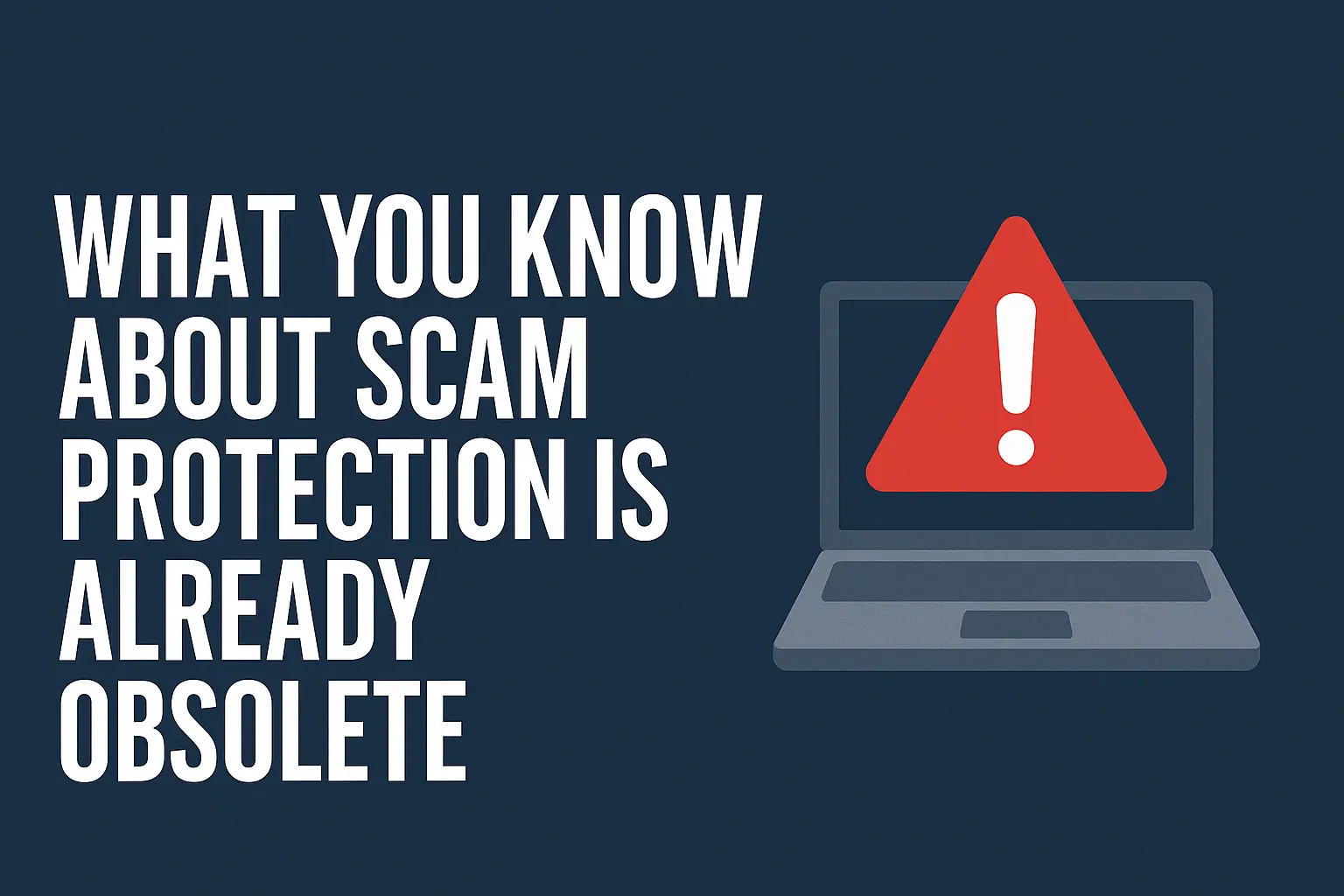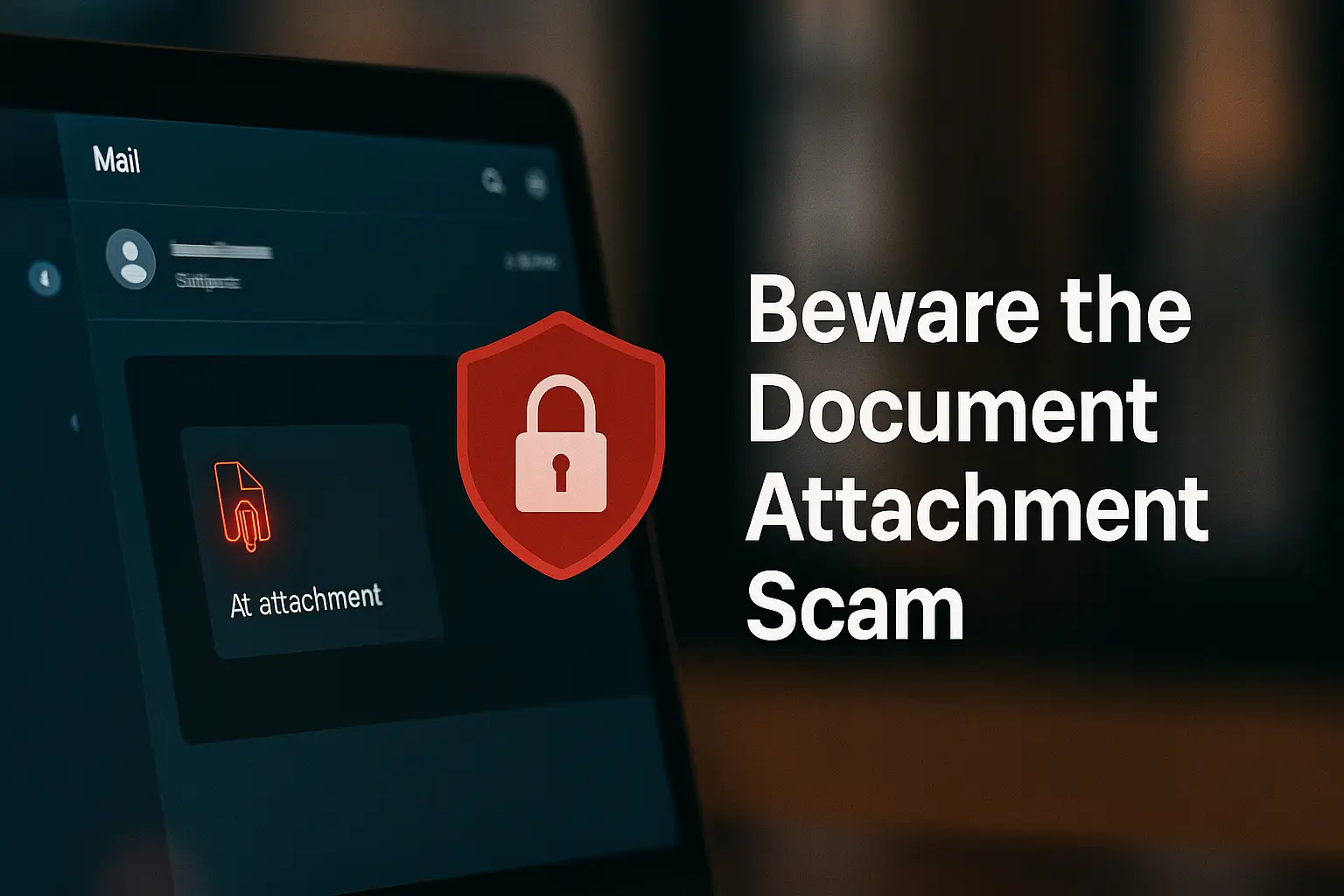What You Know About Scam Protection Is Already Obsolete
Most of the “rules” you have been told about spotting scams online are no longer enough.
If you think hearing someone’s voice, seeing them on video, or calling back on a “real” number is proof of legitimacy, you are already at risk.
Scammers in 2025 have access to cheap AI tools, spoofing services, and automation that make them harder to catch than ever before. To stay safe, we need to unlearn old habits and relearn smarter verification tactics.
If you are still getting up to speed on how digital threats evolve, start with this simple guide on how you get hacked: basic cybersecurity.
Outdated Tactic #1: Trusting Voice or Video Calls
There was a time when scammers were easy to weed out because you could just “hear” they weren’t the person they claimed to be. Not anymore.
- AI voice cloning can now mimic someone’s voice in seconds using just a few clips from social media. See our full breakdown of AI voice cloning scams.
- Deepfake video calls are becoming affordable. Attackers can overlay a fake face and even replicate real-time expressions to trick you.
Example:
One scam going around today involves fake wholesale electronics sellers. The fraudsters promise cheap gadgets and even offer to “ship them to you on trust”. They will hop on a video call to look authentic, show you shipping receipts, and talk like a real partner. Weeks later, you will get a call from a “courier” asking for a clearance fee. Once you pay it, the scam ends, and so does your money.
Related read: how to know fake social media profile pictures and fake images.
Always remember, talking to someone on video or hearing their “real” voice is no longer a reliable way to verify who they are.
Outdated Tactic #2: Believing Automated Call Menus and Hold Music
We have been conditioned to think, ‘If I call a number and it sounds like my bank, it must be my bank.’
That is exactly what scammers want you to believe. Today, VoIP technology lets them spoof local or official-looking numbers. Also, cheap IVR (interactive voice response) systems allow them to copy your bank’s exact hold music, menus, and even ad jingles.
Example:
A scammer might call pretending to be your bank’s fraud department, saying, “We have noticed suspicious activity on your account.” If you call the number back, you will hear a professional menu: Press 1 for customer service. Press 2 for fraud claims. It sounds real, but it is completely fake.
For comparison, see our coverage of the “Say Yes” scam and how voice tricks still work today.
Remember, the sound of legitimacy can be faked. Caller ID, automated menus, and hold music are no longer trustworthy signs.
Outdated Tactic #3: Believing Physical Gestures Mean Safety
It used to feel safe when someone said, “I’ll send you an Uber to meet in person” or offered some other tangible gesture. But scammers have adapted here too. Fraudsters can send ride-hailing requests from stolen credit cards. Meeting in person doesn’t stop them from scamming you beforehand.
Senior-targeted scams
One disturbing trend is scammers targeting seniors. They call pretending to be from the bank or law enforcement and:
- Send an Uber to pick the victim up and take them to the bank.
- Pressure them to withdraw large sums of money.
- Dispatch a fake “courier” to their home to collect cash or gift cards.
Related insights: internet scammers’ psychology—how to unmask them and two tips that will protect you from online scammers.
Note that the act of sending a ride or promising a meet-up is no longer proof of legitimacy. The scam may still happen before you ever see them face-to-face.
Outdated Tactic #4: Trusting “Legit-Looking” Websites
Website templates are cheap. Spoofed domains can look almost identical to real ones. With HTTPS certificates free to obtain, even the reassuring “lock icon” in your browser means very little today.
See our post on how to avoid falling victim to fake websites on your first visit and learn to read URLs like a hacker.
Remember, a website’s appearance is no longer evidence it is safe or connected to the real company.
So, How Can You Protect Yourself in 2025?
Since traditional verification signals are broken, here is what you should rely on instead:
Independent Verification – Call your bank or service provider directly using the official number on their website or card. Never trust numbers sent in a suspicious message. Learn how to recognize a phishing email.
Multi-channel Check – Verify information through multiple trusted sources (official apps, customer portals, or in-person visits).
Skeptical Mindset – If someone rushes you to act (pay a fee, confirm personal info, or download something), slow down. Pressure is the biggest scam red flag. See our post on the latest phishing attacks you should know.
Zero-trust principle – Treat all unsolicited calls, texts, or emails as potentially malicious until proven otherwise. For workplace safety, review the top 10 cybersecurity best practices for employees.



